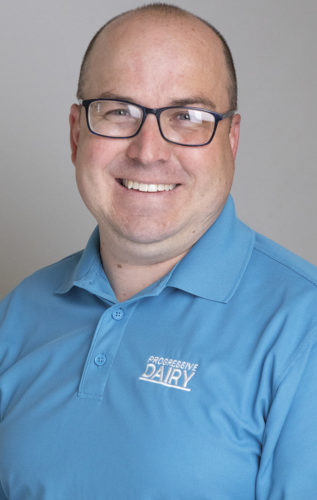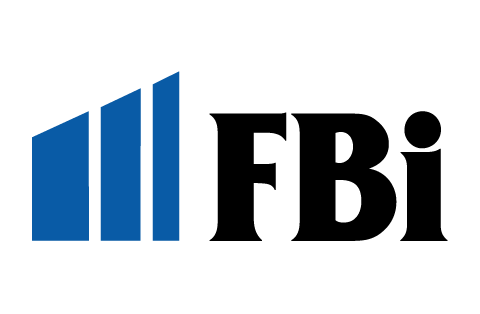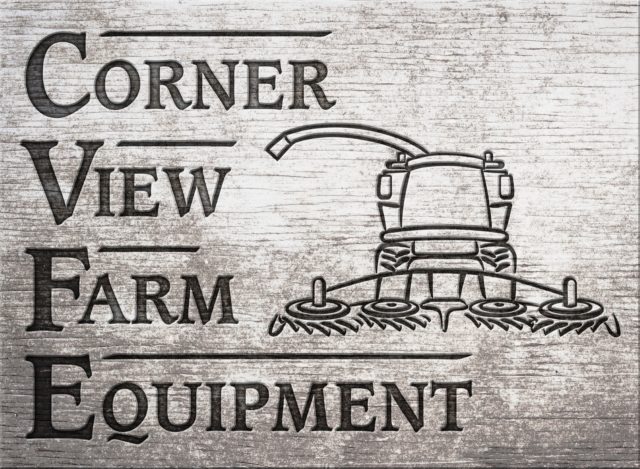New natural disinfectant product treats digital dermatitis topically or in footbaths A new product made with natural oils derived from thyme can replace the formaldehyde or copper sulfate used in footbaths without affecting treatment rates for digital dermatitis. That’s what Environmental Technologies Inc. suggests is possible with its new product, Thymox, introduced to the market last year.
Since then, about 50 dairies nationwide have incorporated the new product into their footbath solutions to help address digital dermatitis or hairy hoof wart disease.
“We knew there needed to be some sort of alternative to formaldehyde and copper sulfate,” says Alex Eakin, vice president of Environmental Technologies Inc. “We came up with a product that was once used as a disinfectant for hospitals.”
The new product works to kill the “roots” of the most common genus of bacteria known to burrow between the epidermis and the dermal layer of a cow’s claw, “hook into” the skin and begin generating “tails” that look like warts. These bacteria belong to the Treponema family.
“Copper sulfate or formaldehyde burn off the tail end of the Treponema or make it go into remission,” Eakin says. “But they don’t actually kill the Treponema at the root.”
Eakin says thymol, the active ingredient in the new product, can penetrate the epidermis layer of the interdigital claw space and affect the bacteria’s ability to remain attached to the animal.
“We’re able to penetrate deeper than any other product on the market and attack the Treponema at its root,” Eakin says.
The product also comes in a topical gel or spray that can be applied directly to affected hooves without the need for a protective wrap to protect the treated area. It can be used in footbaths as a stand-alone product to replace formaldehyde and copper sulfate or in conjunction with one of those two substances. The product is sent to dairies as a concentrate and is diluted into footbaths at a 1 percent dilution rate. Most other products, Eakin says, require a higher dilution rate of 5 to 10 percent.
If used in a footbath, the company suggests using the product actively for three to seven days a week, depending on the severity of a dairy’s digital dermatitis outbreak. After eight to 12 weeks of treatment, most dairies can decrease use and return to their regular footbath schedule to maintain prevention.
“We’re seeing quicker healing times for lame cows with this product,” Eakin says. “They are back in action and milking faster than treatment with other products.”
Eakin says Environmental Solutions continues to offer both formaldehyde and copper sulfate products, but it pursued the rights to this product to be true to their company’s name and provide environmentally safe hoof health solutions.
“Our goal with this product is to provide a good enough, safe alternative product so producers don’t feel like they have to use corrosive or harmful chemicals to be effective at treatment any more,” Eakin says.
Because the active ingredient in the new product is an organic, naturally occurring compound that is biodegradable, diluted solutions containing the product can be discharged on fields without concern for impacting soil or water quality.
“This product is not only fixing the hairy hoof wart problem, but it’s also a safe solution,” Eakin says. “In the past, we could fix the problem, but you had to deal with some pretty nasty chemicals. Now you don’t. We have the answer.”
New handheld NIR scanner powered by cloud computing improves predictability of dry matter values
A new product and service offering claims to improve the speed and predictability of dry matter content in forages. Cargill launched its new real-time forage analysis service, Reveal, and portable spectrometer last summer. It was recently awarded a top product award by World Ag Expo.
The system includes a handheld NIR reader, which is famed as the world’s first such pocked-sized reader, and a smartphone app. The reader is smaller than the average garage door opener and features just one button. To scan a forage and predict its dry matter, users first select the type of forage to be scanned inside the smartphone app.
They then position the reader against the forage and depress the button on the reader, repeating this step up to nine times at different locations on the sample. The NIR readings captured are communicated to the user’s smartphone app via Bluetooth and then relayed via cell data to the cloud for processing. Within one minute of completing the scans, the user will receive a predicted dry matter score for the forage.
“If you could envision a mini-lab working every day, that’s what you’ve got in your hand,” says Cargill’s chief technical specialist Chris Canale. “It’s reviewing the data and making sure there are no biases every day.”
Because the system utilizes cloud computing and ongoing readings from users in real-time, the accuracy of the predictions are improving every day, Canale says.
The new product is more than a mechanical device, Canale says. It’s a system that combines hardware and software to improve predicted outcomes.
Some might question whether the technology can be as accurate as their regular forage testing lab or their on-farm Koster tester. Canale says the statistical relationship for predictive accuracy of dry matter results was “very good” between the new service and more traditional methods.
“The robustness of the prediction equation has encountered more scenarios than a single producer could ever encounter himself,” Canale says.
In other words, if a producer questions whether the computer has ever seen a 1-inch rain event just prior to harvest like you saw in your state just yesterday, the chances are yes, in fact it has, and it’s accounted for it already in its calculations.
The technology that powers Cargill’s new system is licensed from an Israeli-based company, Consumer Physics, that licenses its handheld NIR technology, called SCiO, to other industries. For example, the pocket-sized SCiO is used in the pharmaceutical industry to instantly check for counterfeit prescription drugs out for distribution.
It’s also being used to test the quality and sweetness of harvested strawberries prior to packaging without the need for any preparation in a lab. In the future, the technology may be able to provide near-real-time predictions for other nutrient values besides just dry matter, such as protein and starch levels in a feedstuff or perhaps the percentage of neutral detergent fiber in a forage sample.
“It will be really cool if one day we could enter the physical attributes of a feedstuff, do a scan and have equation-based data that could one day predict nutrient availability,” Canale says. “But that’s downstream a ways.”
Canale say the capabilities of this cloud-enabled scanner are just beginning. ![]()

-
Walt Cooley
- Editor-in-chief
- Progressive Dairyman
- Email Walt Cooley





